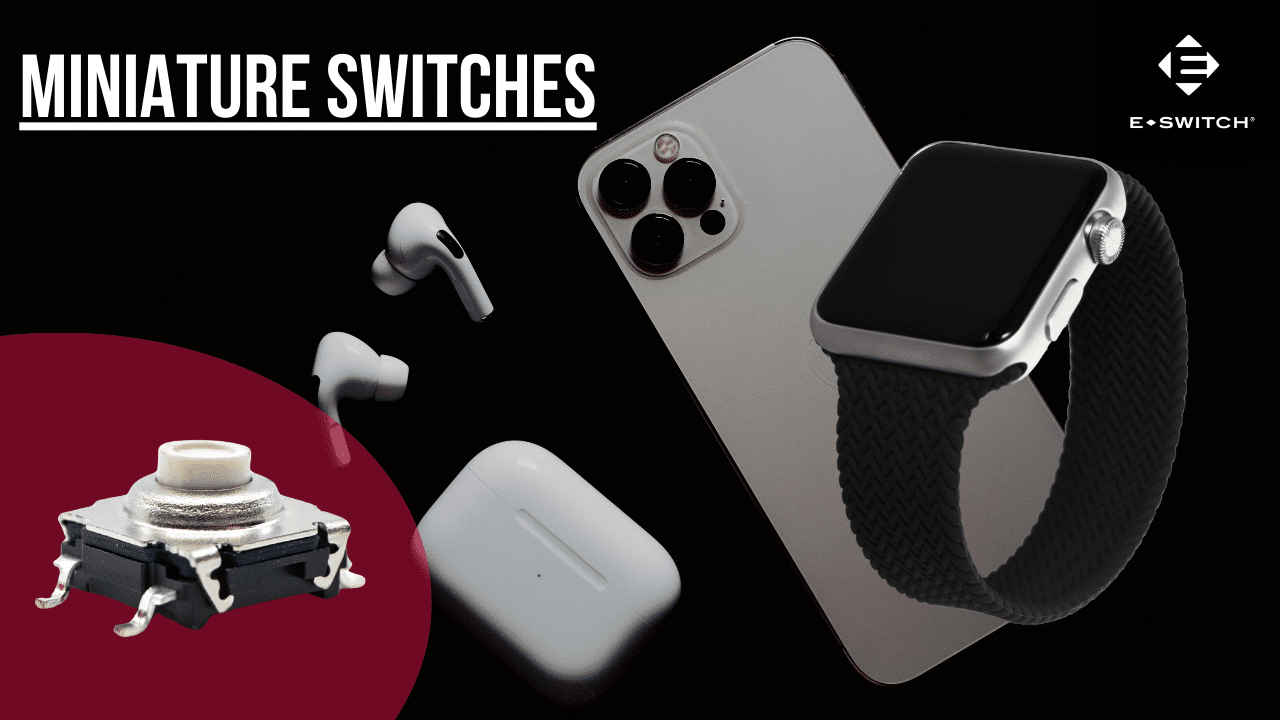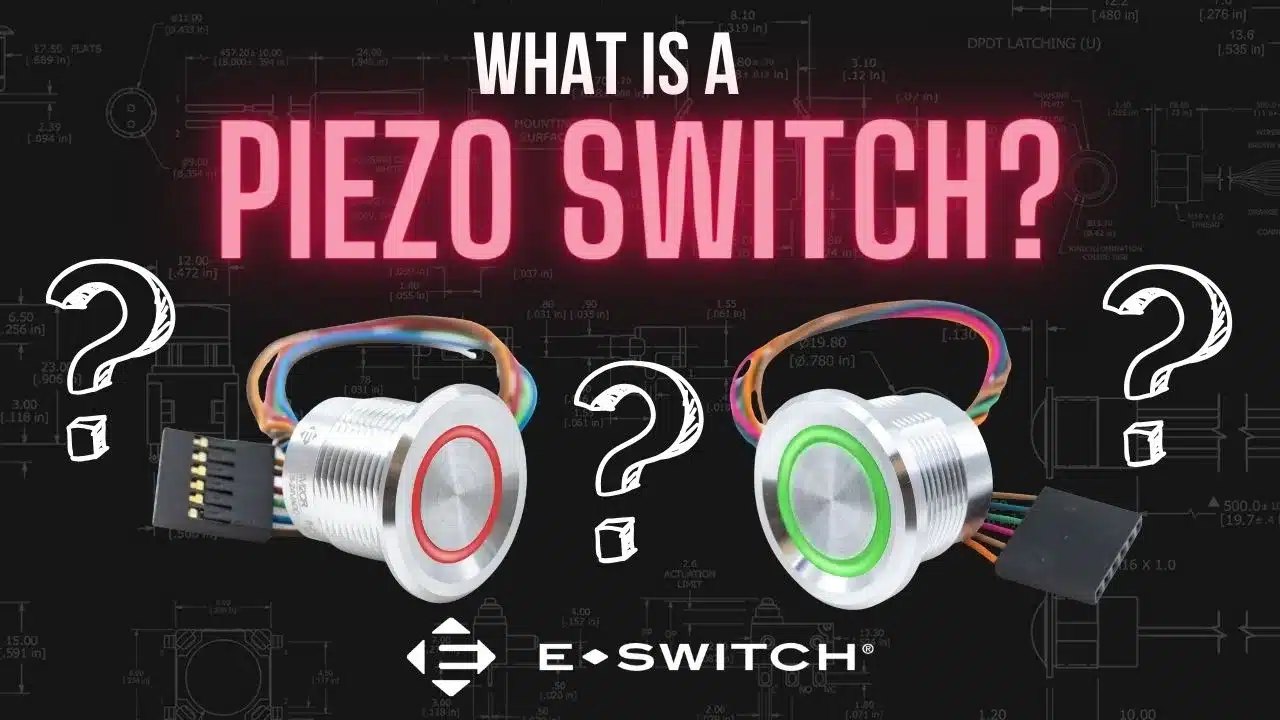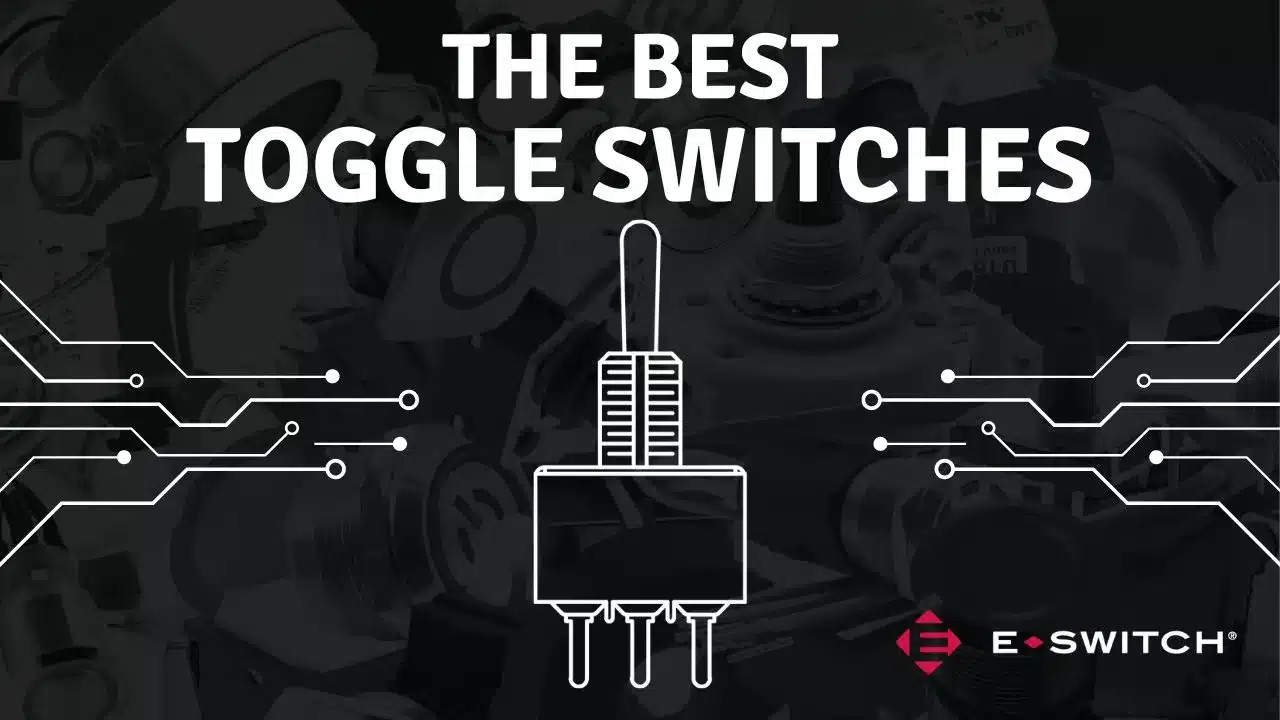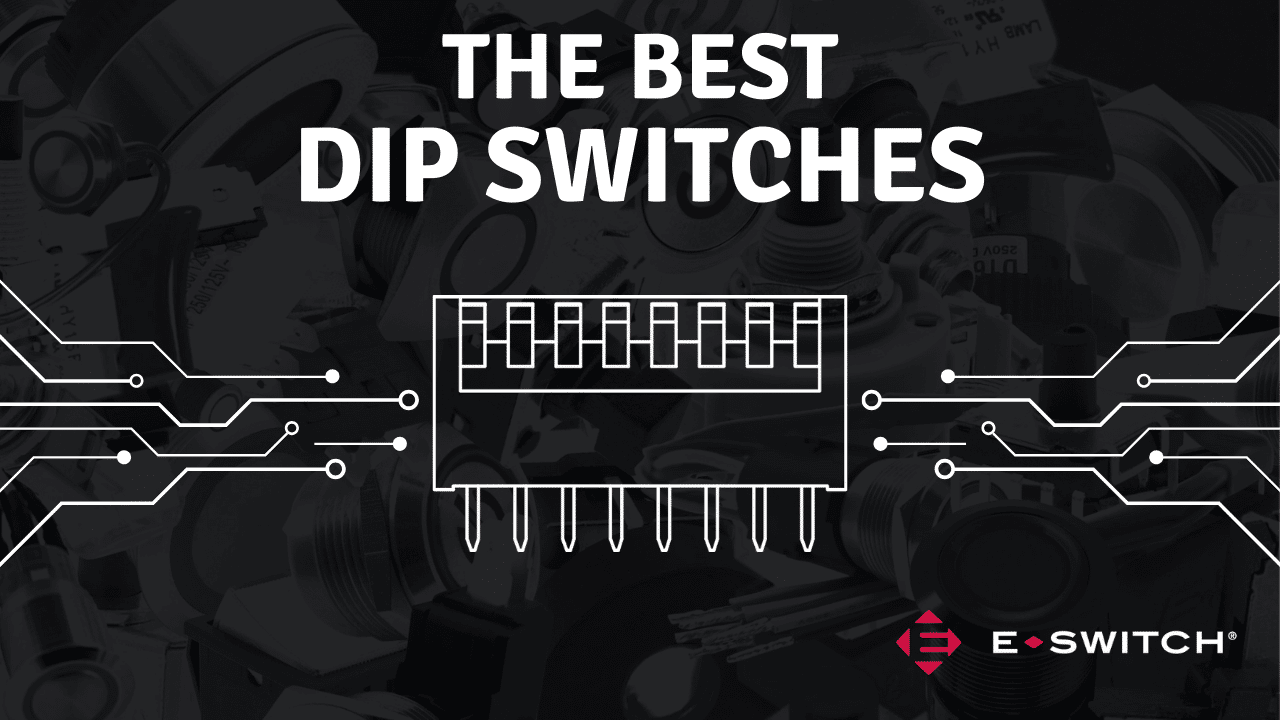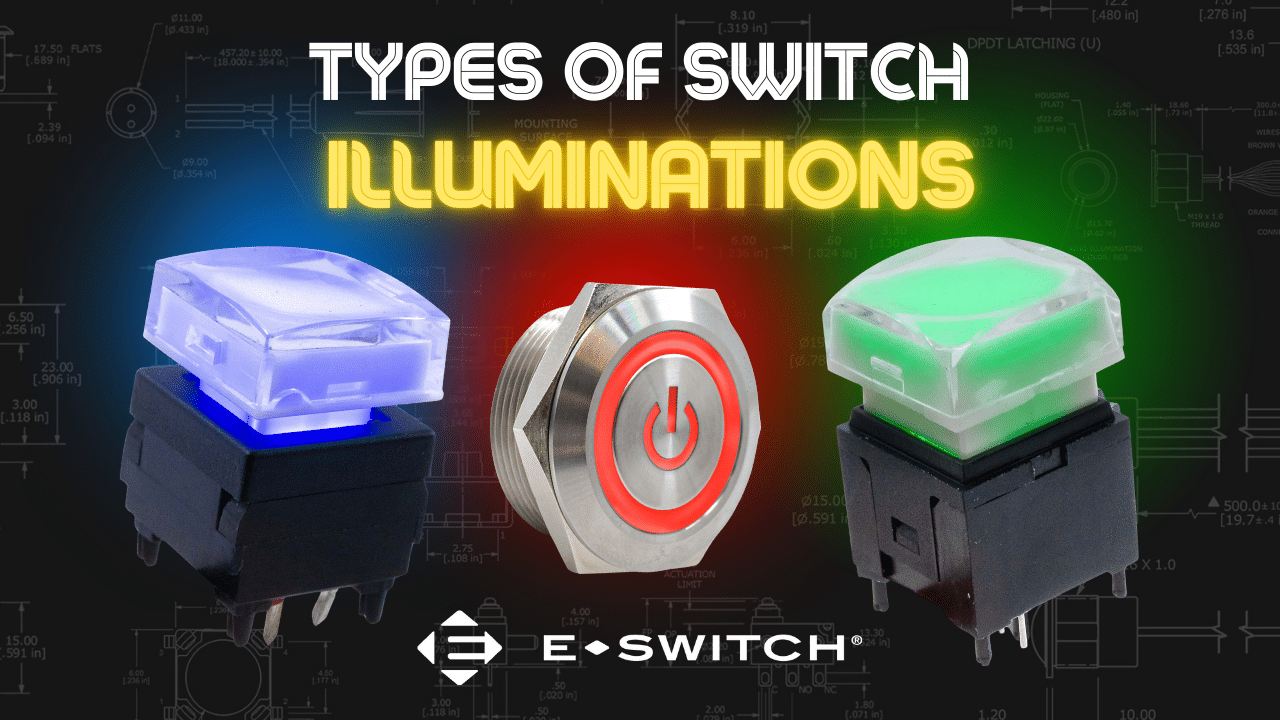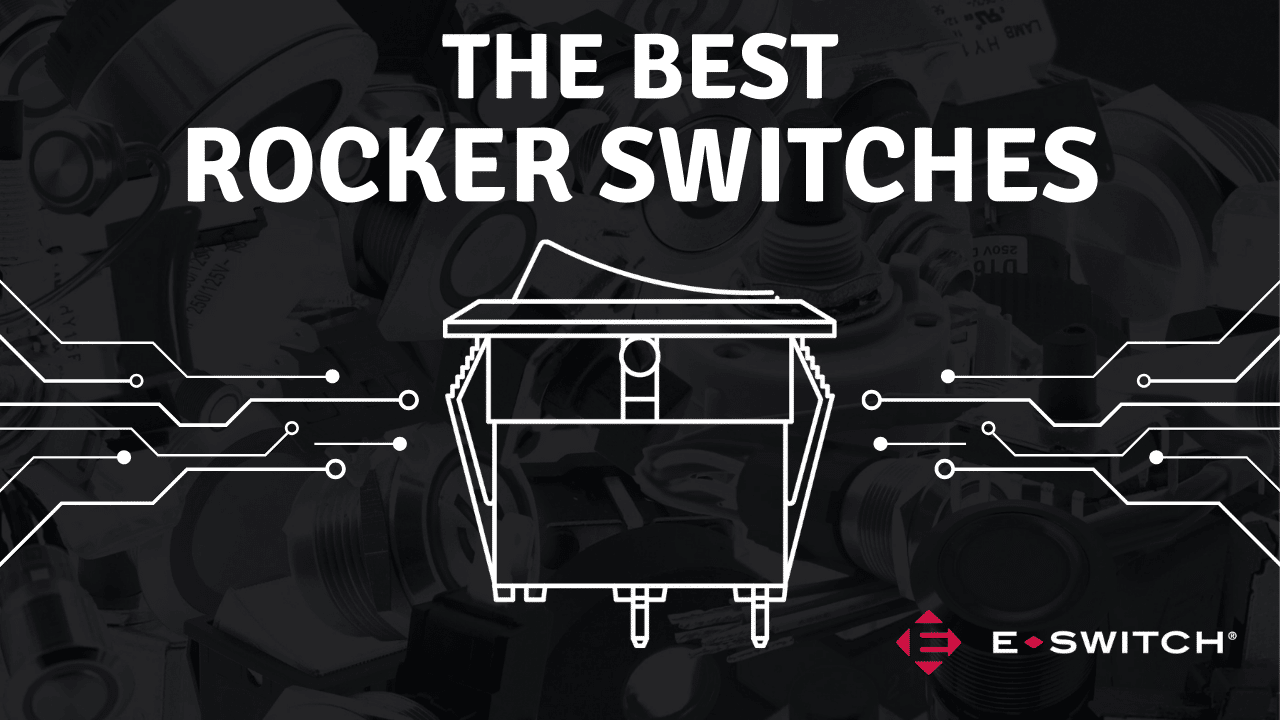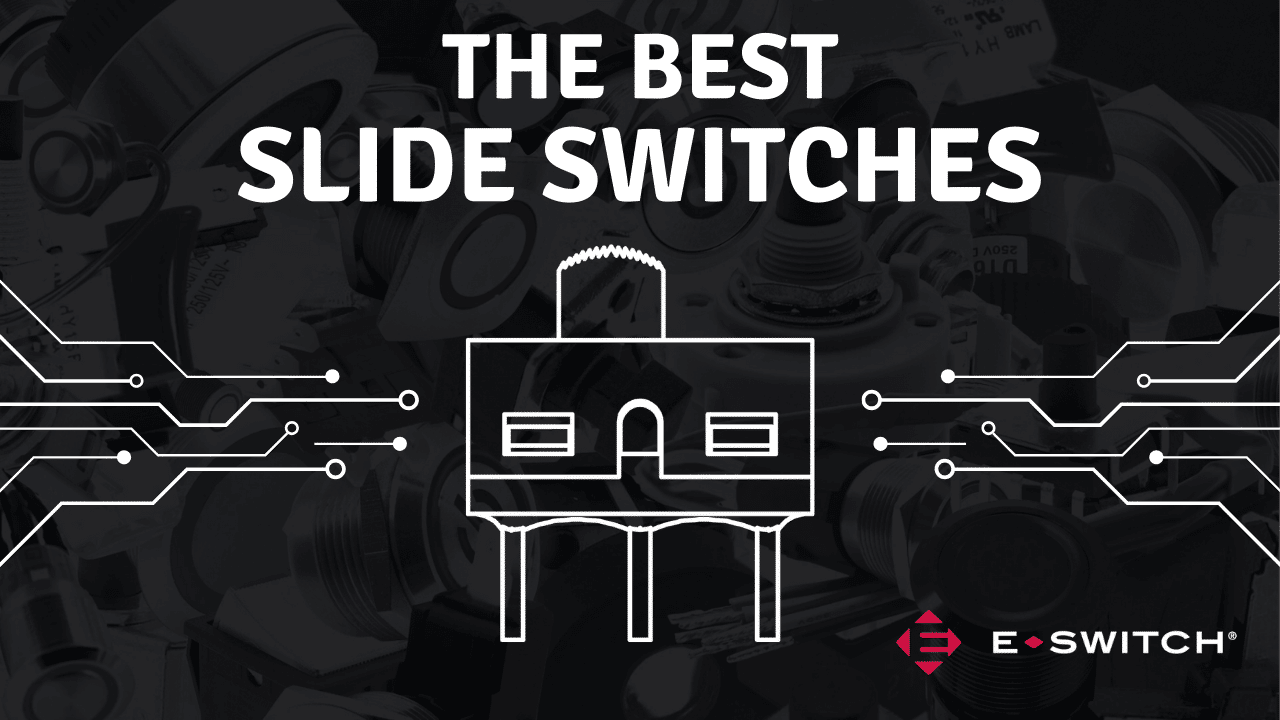KMC Named Authorized Distributor for E-Switch
The comprehensive range of electromechanical switch products from E-Switch is now available to KMC Komponent Teknoloji customers. Minneapolis, MN — KMC Komponent Teknoloji has signed a new distribution agreement with E-Switch, enabling customers in Turkey and the Czech Republic to buy the complete product range from a single, convenient and trusted source. E-Switch is excited […]

